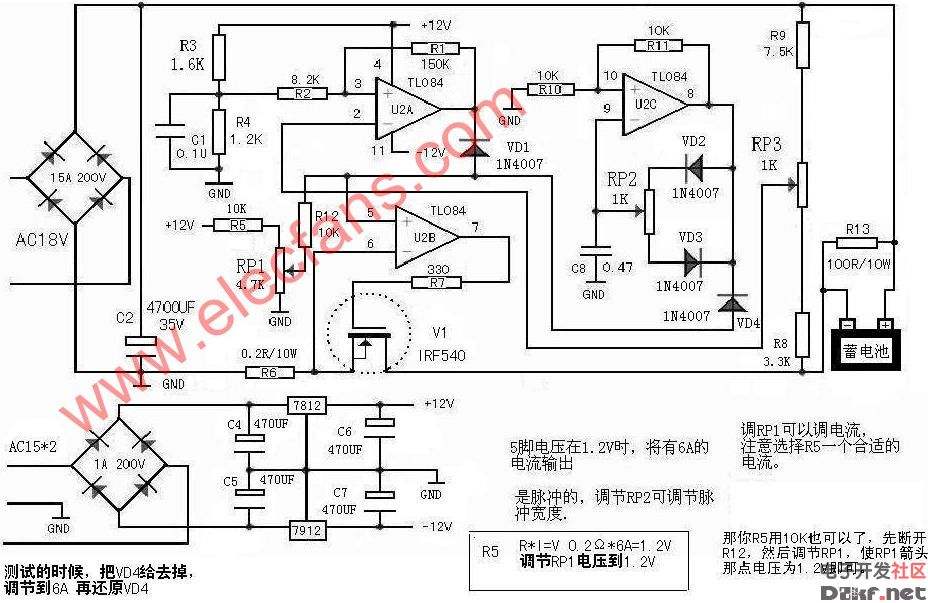
If you own a motorcycle, a motorhome, a fleet vehicle, a lawn mower, a daily rider, or an old car, you’ll eventually need to check your lead-acid battery. If it's not charged properly or left to self-discharge when not in use, sulfate crystals can form on the plates. These crystals block the battery from being fully charged and reduce its overall capacity. When you try to recharge it, the battery may only heat up and lose water, without reaching its normal “full charge†state. In this condition, the battery can be completely ruined.
However, if the battery has a resting voltage of at least 1.8 volts per cell and no internal shorts, it might still be salvageable through desulfation. This is where a specialized pulse charger comes into play. The circuit described here is an add-on to a standard charger and helps tackle the sulfate issue effectively.
Note:
Before starting this project, always remember: the power supply voltage can be dangerous. If you're not confident in your skills, don’t attempt this. Safety first!
Project Overview:
To build this circuit, start with an old charger—whether large or small, depending on the battery size you usually deal with. Strip everything except the transformer and rectifier. Some older chargers use fin rectifiers that cause high voltage drops; these should be replaced with a more robust bridge rectifier capable of handling higher current. Use thick, short wires for all secondary connections and mount the rectifier securely to keep it cool.
If your charger has a high/low switch, that’s a bonus. Otherwise, you can adjust the secondary winding in some cases. The core of the circuit is a 14-stage ripple counter and oscillator IC 4060, which generates a pulse. This pulse is then fed into a 555 timer, controlling the output duration. A switch lets you choose between long or short pulses.
The 555 timer output drives a transistor, which triggers a zero-crossing optically isolated TRIAC (like the MOC3041). This allows the charger’s transformer to start softly and includes a snubber circuit for stability. A small power supply is also needed, consisting of a 15V 0.1A secondary transformer, a bridge rectifier, a voltage regulator, and two capacitors.
This project is not perfect, and results may vary depending on the components used. However, it doesn't mean the circuit isn't working—it just might have different efficiency levels. Make sure the snubber capacitor is an X-type AC capacitor and the power supply has at least 0.5W resistors. Using a bidirectional thyristor like the BTA25-600 (which can handle 400V and 10A+) is recommended, though it might be overkill in most cases.
How It Works:
In short, the goal is to apply a higher voltage for a short time to break down the sulfate crystals without overheating or damaging the battery. The short pulse lasts about 0.5 seconds, followed by a 3-second rest. For longer pulses, it's around 1.4 seconds on and 2 seconds off. These timings can vary slightly based on component tolerances.
If you notice boiling in the electrolyte during the process, switch to the short pulse mode. Never leave the process unattended—always monitor it until you understand how your specific setup behaves. I built this version about 10 years ago and tested it, but there’s definitely room for improvement. Feel free to experiment and refine it further!
DongGuan BoFan Technology Co.,Ltd. , https://www.ufriendcc.com
